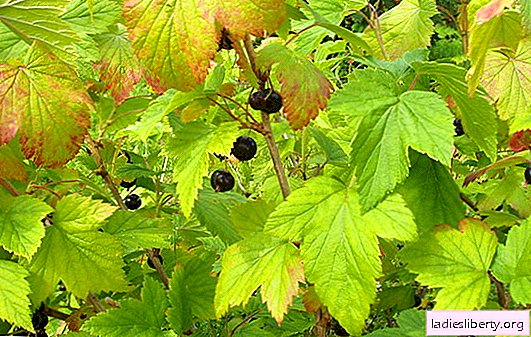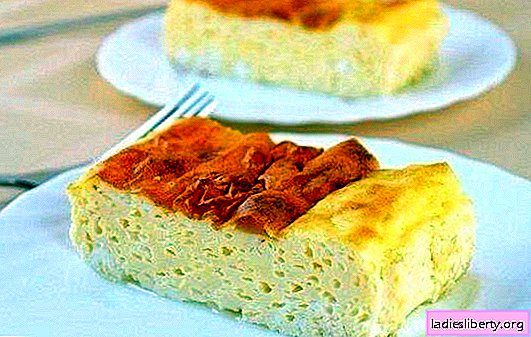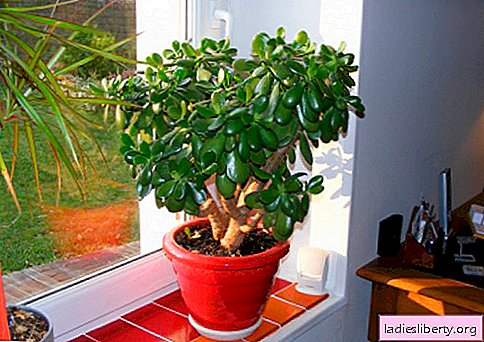
Often, summer residents, who arrived at their favorite summer cottage, find that yesterday yesterday, pleasing the eye with the green leaves of currant, dried up.
And if the reason is not a banal drought, the plant needs help.

Not a single cottage plot from the southern regions to the Far East and Siberia can do without currants.
Good winter hardiness and a variety of varieties brought currants well-deserved love of gardeners. Its berries are not only tasty, but also are a real storehouse of vitamin "C" - the first tool in the fight against vitamin deficiency in the winter. An excellent harvest of large fragrant berries is the cherished goal of summer residents. But what if the bush, which pleased young greenery last weekend, began to dry? Why did this happen and now what to do?
Currant withered: why?
The reasons why the currant dries can be divided into three categories: natural influences, pests and plant diseases.
• Natural can be attributed to the dry period, when the plant is under the scorching sun without watering. An incorrectly chosen place for planting a bush can lead to the death of a bush, when during prolonged rains its roots, without quality drainage, are flooded and are affected by rot.
• Insects - parasites, due to which the currant dries this: common aphid, red gall aphid, currant bugle, ants, butterfly-otnichka, spider and currant bud mites, gall midges.
• Plant diseases are bush diseases, often the result of an invasion of insects and parasites. The most common are striped or vein mosaic, fungal disease anthracnose, cercosporosis, powdery mildew, American or European powdery mildew, goblet and columnar rust.
Currants withered: what to do - weather reasons
If the summer turned out to be hot and arid, not only vegetables need watering. Bushes suffer from heat no less. It is better to irrigate currants, as well as other shrubs in the evening, when the scorching sun begins to fall. Water taken from a well or well is categorically not suitable for this purpose, since it is too cold and can harm the roots of plants that suffer from heat. It is better to let such water stand in the sunshine so that it warms up. Watering the currants must be plentiful, pour at least one and a half buckets under one bush, especially during the ripening period of the berries.
In the event that the currant dries from the fact that it rains all summer, the actions should be exactly the opposite. Under the bush, it is necessary to sprinkle the earth, and around the bush, at a distance of at least 60 centimeters, dig out drainage grooves that will divert excess water from the roots of the plant. It must be remembered that currant is a moisture-loving plant, and at the end of prolonged rains, the grooves should be filled up.
Currants withered: what to do - pests and diseases
If the reason that the currant dries is insects or diseases, it is necessary to urgently take measures, otherwise the bush may die.
Most often, aphids and its "owners" attack currants - antsthat breed these insects for their own needs. It is necessary to carefully examine the land around the bush, and if an ant hill is found nearby, he will have to "move" away from the currant. You can do this with a shovel, simply removing the ground part of the anthill with a small amount of land and moving it away. The underground part must be filled with water - then the ants will leave.
As a preventative measure against invasions aphids You can pollute or spray the bush with ash or ash solution - a glass of ash in a bucket of water. In addition, the aphids also have a natural enemy - a ladybug, so if you can "negotiate" with her, planting grass that attracts near the bush. Suitable tansy, dill, chamomile or basil, the aphid will be destroyed within a few days.
Another enemy of currant - ticks. Ticks on the bushes parasitize two species: currant bud and spider web. The first is dangerous because it destroys the kidneys of currant, because of which its yield drops sharply. The second ruins the leaves. It is easy to recognize his “work” - white dots appear on the leaves, which grow over time and completely cover the sheet, as a result of which it dries up. In addition, ticks are carriers of diseases from which currants can suffer for a long time. Sulfur-containing solutions such as colloidal sulfur, karbofos and phosphamide will help fight both types of mites.

A parasite that often infects currants - rust - there are two types. Rust is columnar, looking like small dots on leaves, orange. She, as a rule, gets on a currant from coniferous trees. Ball rust is transferred to bushes with sedge growing nearby, it looks like orange warts. From both types of this parasite, spraying the bushes with phytosporin helps, and if it does not help, they switch to a more serious drug - 1% Bordeaux fluid. Successful rust control requires four sprays with a 10-day break.

Anthracnose Currants usually appear in mid-summer. You can recognize it by red-brown spots on leaves about 1 mm in size. If you do not take action, the spots increase in size and cover the entire sheet, which dries and dies. The causative agent of anthracnose is a fungus whose spores winter in fallen leaves under a bush. That is why it is so important to remove the foliage from under the bush in the spring in the spring, and burn it. The treatment of this fungal disease is carried out by spraying the bush with fungicides.
From most diseases, parasites and pests, the spring treatment of currant bushes and the soil under them with a two percent solution of nitrofen or karbofos will help. During the summer, currant can be sprayed with foundationazole as a preventative measure. In the spring, it will not be out of place to remove last year’s foliage from under the bush, in which pest larvae often winter.
Currants dried up: what to do - if the reasons are not established

If you can not establish the cause of drying of the currant, you will have to proceed to pruning. You need to start with the affected branches, be sure to burn them to prevent infection. Knowing the age of the bush will help determine its viability, it may have grown old and will not succeed in “rejuvenating” it with pruning. In this case, the bush is best uprooted, and in its place, having previously disinfected the soil and having made the necessary fertilizers, plant a young one.
It is not difficult to achieve that the currant does not dry out and does not hurt. The correct place for planting bushes, in which there will be no stagnation of water, watering during periods of drought, spring cleaning of leaves from under the bushes with a pallet, timely spraying with pollutants and pollination with ash will lead to the fact that at the end of summer currants will delight summer residents and gardeners with ripe brushes of large berries to the envy of all neighbors.











